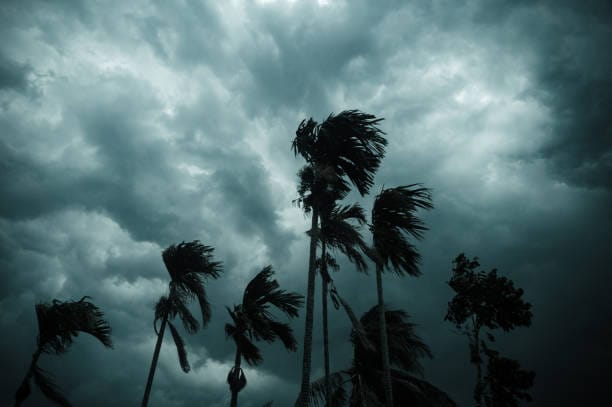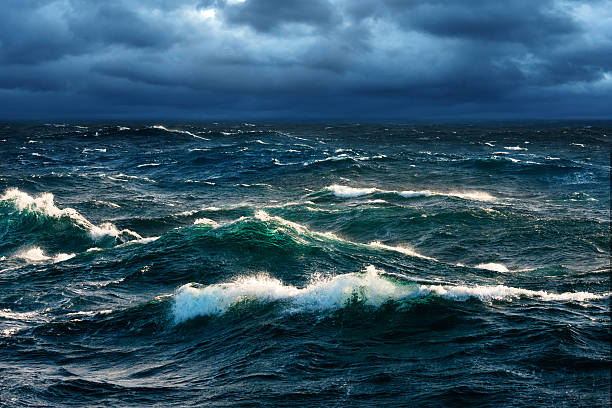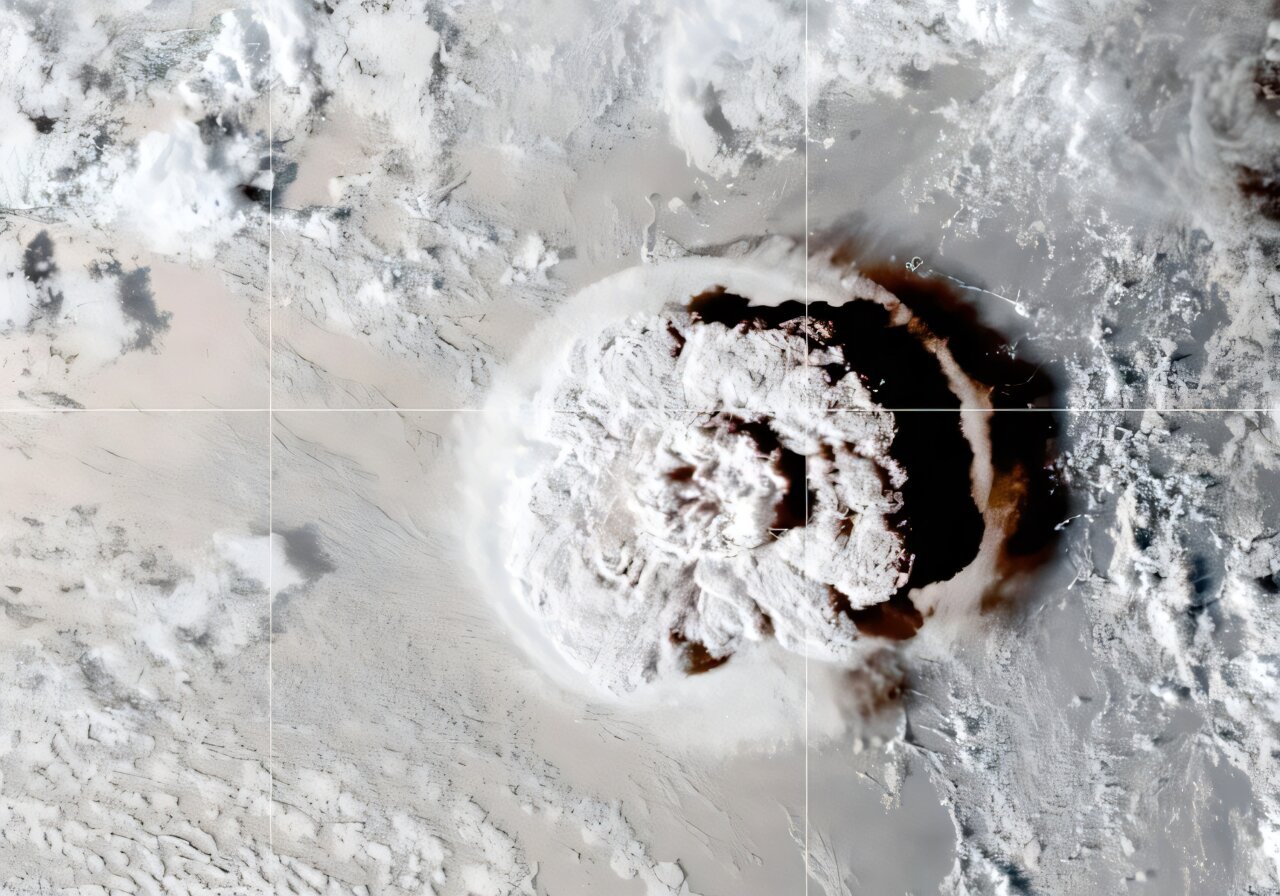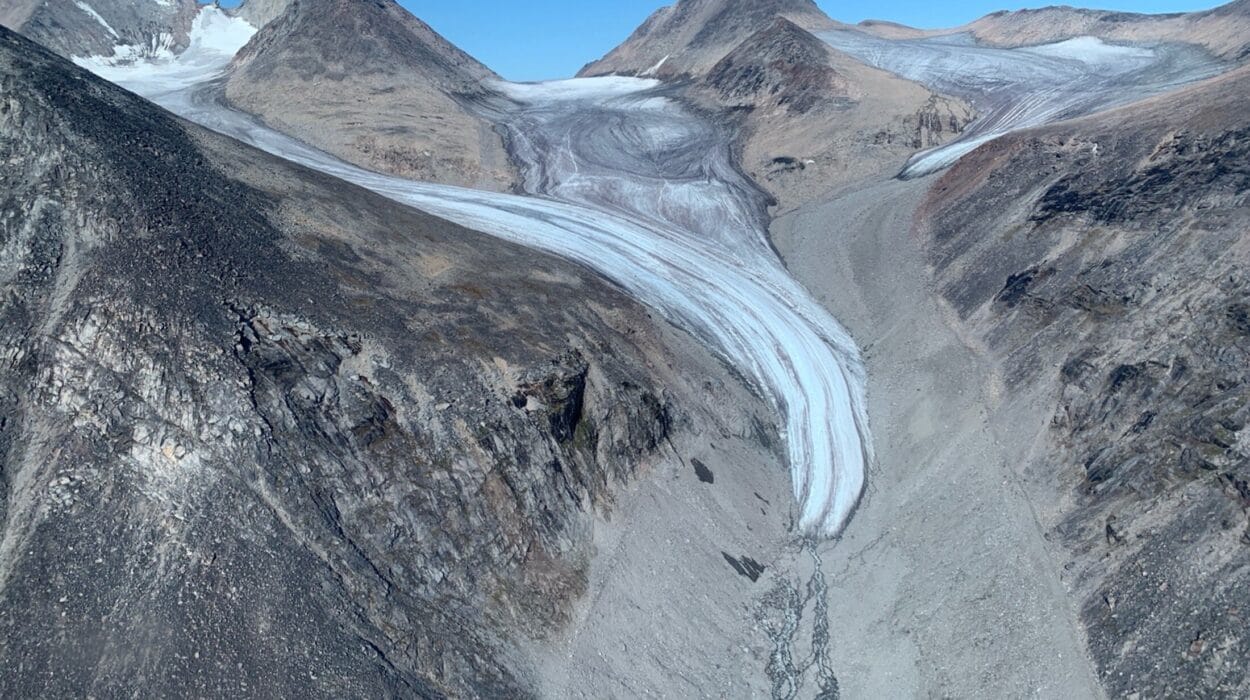The atmosphere is not a static veil. It is a living, breathing system—an ocean of air in constant motion, reacting to the spin of the Earth, the warmth of the Sun, the pull of gravity, and the intricate dance of land and sea. Weather is the immediate expression of this dynamic system, a pattern of temperature, wind, pressure, moisture, and motion unfolding moment by moment across the face of the globe.
From the earliest days of human history, we have looked to the skies for signs—shapes in the clouds, the smell of approaching rain, the sudden hush before a storm. Weather has fed us and starved us, saved lives and ended them. And yet, only recently in our history have we begun to truly decode the language of the skies.
The journey of understanding weather patterns begins with the forces that shape them. The heat of the Sun, the rotation of the Earth, and the composition of our atmosphere all combine to produce complex systems like cyclones, monsoons, blizzards, and droughts. But these are not isolated phenomena. They are interlinked chapters in the narrative of a restless Earth.
The Sun: Weather’s Primordial Engine
All weather is born from sunlight. Without it, our planet would be a cold, still world. But the Sun does not heat Earth evenly. The equator receives more intense sunlight than the poles. Land heats and cools more rapidly than water. Mountains cast shadows and deflect winds. These imbalances set the atmosphere in motion.
As warm air rises near the equator and cooler air sinks at the poles, gigantic circulation cells form—Hadley cells, Ferrel cells, and polar cells. These invisible loops transport energy and moisture across the globe. Jet streams, narrow bands of high-speed winds in the upper atmosphere, form at the boundaries between these cells. They steer storms, control air masses, and influence the track of cyclones.
Add to this the Earth’s rotation, which deflects winds due to the Coriolis effect, and you begin to see why weather never stands still.
Cyclones: Spirals of Fury and Balance
Perhaps no weather system captures the imagination—or the fear—like a cyclone. Known as hurricanes in the Atlantic, typhoons in the Pacific, and simply tropical cyclones in other regions, these colossal spiraling storms draw their strength from warm ocean water. When sea surface temperatures exceed about 26.5°C (80°F), the conditions are ripe.
A small cluster of thunderstorms over tropical waters begins to organize. Warm, moist air rises, cools, and condenses, releasing latent heat. This heat powers more rising air, drawing in air from below. The system begins to rotate due to the Coriolis effect, and a low-pressure center forms.
If conditions remain favorable—low wind shear, warm water, high humidity—the system intensifies. The central pressure drops, winds increase, and the eye of the storm clears out. This calm, eerie center is surrounded by the eyewall, where the fiercest winds rage.
Cyclones can stretch hundreds of kilometers across, with wind speeds exceeding 250 km/h (155 mph). They unleash torrential rain, massive waves, and deadly storm surges that can inundate coastlines. But despite their destructive power, cyclones are not merely acts of chaos. They are part of the Earth’s heat distribution system, transferring energy from the tropics toward the poles.
Scientists track these systems using satellites, Doppler radar, and sophisticated computer models. Forecasting their path has improved, saving countless lives. Yet their intensity and behavior are increasingly influenced by climate change. Warmer oceans mean more fuel for these storms, and rising sea levels amplify the dangers they pose to coastal communities.
Monsoons: The Rhythmic Breath of Continents
In regions like South Asia, West Africa, and parts of Australia, the word “monsoon” carries deep cultural, economic, and emotional weight. It marks the beginning of the rainy season, the lifeline of agriculture, the harbinger of abundance—or the bringer of floods.
Monsoons arise from a simple principle: land heats faster than ocean. During the summer, vast landmasses like the Indian subcontinent become intensely hot, creating a low-pressure area. Moist air from the surrounding ocean is drawn inland, where it rises, cools, and unleashes rain.
In winter, the process reverses. The land cools faster than the ocean, and dry, cold air flows outward. This seasonal reversal of winds defines the monsoon system.
But monsoons are not uniform. Their onset can be early or late. Rains may be abundant or scant. A failed monsoon can lead to drought, hunger, and economic distress. An overactive monsoon can result in landslides, displacement, and disease outbreaks.
Recent decades have seen growing variability in monsoon behavior. Research suggests that warming in the Indian Ocean, shifts in jet stream patterns, and even Arctic ice melt may be playing a role. Understanding these links is a major focus of climate science today.
Tornadoes: Nature’s Sudden Violence
If cyclones are vast and gradual, tornadoes are their opposite: narrow, violent, and swift. Born from supercell thunderstorms, tornadoes emerge when wind shear—differences in wind speed and direction with height—causes a rotating column of air to tilt vertically.
Inside a thunderstorm, this rotation can tighten and intensify, forming a funnel cloud that may touch the ground, becoming a tornado. With wind speeds over 480 km/h (300 mph), tornadoes are the most intense atmospheric phenomena on Earth.
The United States sees more tornadoes than any other country, particularly in the region known as “Tornado Alley,” where warm, moist air from the Gulf of Mexico collides with cold, dry air from the Rockies and Canada. Doppler radar has improved early warnings, but tornadoes remain deadly and difficult to predict precisely.
Climate change may influence tornado patterns, though the science is still emerging. Some studies suggest that tornado outbreaks are becoming more clustered and intense, even if the total number per year is not rising.
Droughts: The Silent Catastrophe
Not all weather disasters come with a roar. Some unfold slowly, silently, and devastatingly—like droughts. These are prolonged periods of deficient rainfall, often accompanied by intense heat, that deplete water sources, devastate crops, and ignite wildfires.
Droughts can be meteorological (lack of rainfall), agricultural (poor soil moisture), hydrological (declining rivers and aquifers), or socioeconomic (when water shortage impacts society). Unlike storms, droughts creep in. By the time their presence is felt, the damage is often underway.
The Dust Bowl of the 1930s in the U.S. stands as a haunting example. Poor farming practices combined with a severe drought turned fertile land into a desert. Winds lifted topsoil into dark clouds, forcing mass migration and altering American agricultural policy forever.
Today, climate change is increasing drought risk in many regions. Higher temperatures lead to more evaporation, and shifting weather patterns may disrupt traditional rainfall. The Mediterranean, southwestern U.S., southern Africa, and parts of Australia are all facing intensifying drought threats.
Scientists use remote sensing, historical data, and hydrological models to track and predict droughts. But mitigation often requires difficult choices—managing water use, shifting crops, and balancing environmental with economic needs.
Atmospheric Rivers and Flash Floods
While droughts starve the land of water, atmospheric rivers do the opposite—sometimes catastrophically. These narrow bands of concentrated moisture can stretch thousands of kilometers, like rivers in the sky. When they strike land, especially mountainous terrain, they release immense rainfall.
California experiences several atmospheric rivers each year, some of which have caused historic floods. The so-called “Pineapple Express,” drawing moisture from the tropics near Hawaii, is one such phenomenon.
Flash floods, on the other hand, often come from intense localized storms. Urbanization has made many areas more vulnerable. Impervious surfaces like asphalt prevent water from soaking into the ground, leading to sudden runoff that can overwhelm drainage systems.
Both atmospheric rivers and flash floods are being affected by a warmer atmosphere, which holds more water vapor. A warmer world is a wetter world—until it isn’t.
El Niño, La Niña, and the Global Chessboard
Some weather patterns unfold on a global scale, with ripple effects across continents. Among the most influential are the El Niño and La Niña phenomena, together called the El Niño–Southern Oscillation (ENSO).
During El Niño years, warm water pools in the central and eastern Pacific, disrupting normal trade winds. This shift alters rainfall patterns around the world—bringing floods to some regions and drought to others. South America may see torrential rains, while Australia and Indonesia dry out.
La Niña is the flip side—cooler waters in the Pacific strengthen trade winds and bring opposite effects.
These cycles, which occur every 2 to 7 years, influence everything from monsoons to hurricanes to crop yields. Predicting them has become a high-stakes endeavor for governments, farmers, and businesses alike.
Climate change may be affecting the frequency and intensity of ENSO events, though much remains uncertain. What is clear is that these oscillations are a key player in the global weather puzzle.
Climate Change and the New Weather Reality
The past was not perfect, but it was, at least, familiar. Seasons followed patterns. Rains came when expected. Snow fell in winter, and rivers swelled in spring. But now, the rules seem to be shifting.
Climate change, driven by greenhouse gas emissions, is altering the very fabric of weather systems. Warmer temperatures intensify the hydrologic cycle, leading to more extreme rainfall in some places and longer dry spells in others. Polar ice melt is disrupting jet streams. Ocean currents may be slowing.
Heatwaves are more frequent and severe. The Arctic is warming four times faster than the global average, changing not just regional weather but atmospheric dynamics around the globe. In this new world, “100-year storms” seem to arrive every decade—or even every few years.
Decoding weather now requires not just understanding the past, but anticipating a future that may look very different.
Forecasting: Science Meets Chaos
Weather prediction is a triumph of science—and a lesson in humility. The atmosphere is a chaotic system, exquisitely sensitive to initial conditions. Small errors in data can lead to large divergences in forecasts, a principle known as the “butterfly effect.”
Yet forecasting has improved dramatically. Supercomputers process billions of observations from satellites, weather balloons, aircraft, ships, and ground stations. Models simulate the evolution of weather systems using the laws of physics. Ensemble forecasting—running models multiple times with slight variations—gives a range of possible outcomes.
Today’s five-day forecasts are as accurate as three-day forecasts were in the 1980s. Yet challenges remain, especially in predicting sudden shifts like thunderstorm development or tornado genesis.
Artificial intelligence is now being used to spot patterns in vast datasets, helping improve short-term and localized forecasts. Still, weather remains a realm where uncertainty is part of the landscape.
Weather and the Human Psyche
More than mere science, weather is woven into our consciousness. It defines moods, shapes poetry, drives migration, and starts wars. From Noah’s flood to Shakespeare’s tempests, from climate-induced collapse in ancient Mesopotamia to the storming of Normandy under cloudy skies, weather is a silent actor in history.
Modern life has given us air conditioning, snowplows, and storm shelters. Yet we are no less vulnerable to weather’s whims. In an age of rising seas and global interconnection, a drought in Brazil can raise coffee prices in Europe. A typhoon in Asia can ripple through supply chains in California.
Understanding weather patterns is not just about predicting rain. It is about grasping our place in a planetary system—complex, beautiful, and increasingly fragile.
Living with a Chaotic Sky
The decoding of weather patterns is one of science’s great achievements. It has saved lives, guided agriculture, supported commerce, and revealed the interconnectedness of our world. But decoding is not controlling. Nature still surprises us.
As climate change accelerates, the challenge is not just to predict the weather but to adapt to its shifting rhythms. Resilient infrastructure, sustainable land use, early warning systems, and climate-smart agriculture are all part of this new frontier.
Weather is not an enemy. It is an ancient force, shaped by solar flares and ocean currents, by mountains and forests, by deserts and ice. To understand it is to listen—to learn the language of clouds, winds, and waves.
In a world buffeted by both natural forces and human decisions, the skies above us remain a mirror of our choices—and a reminder that the story of weather is, ultimately, the story of us.






